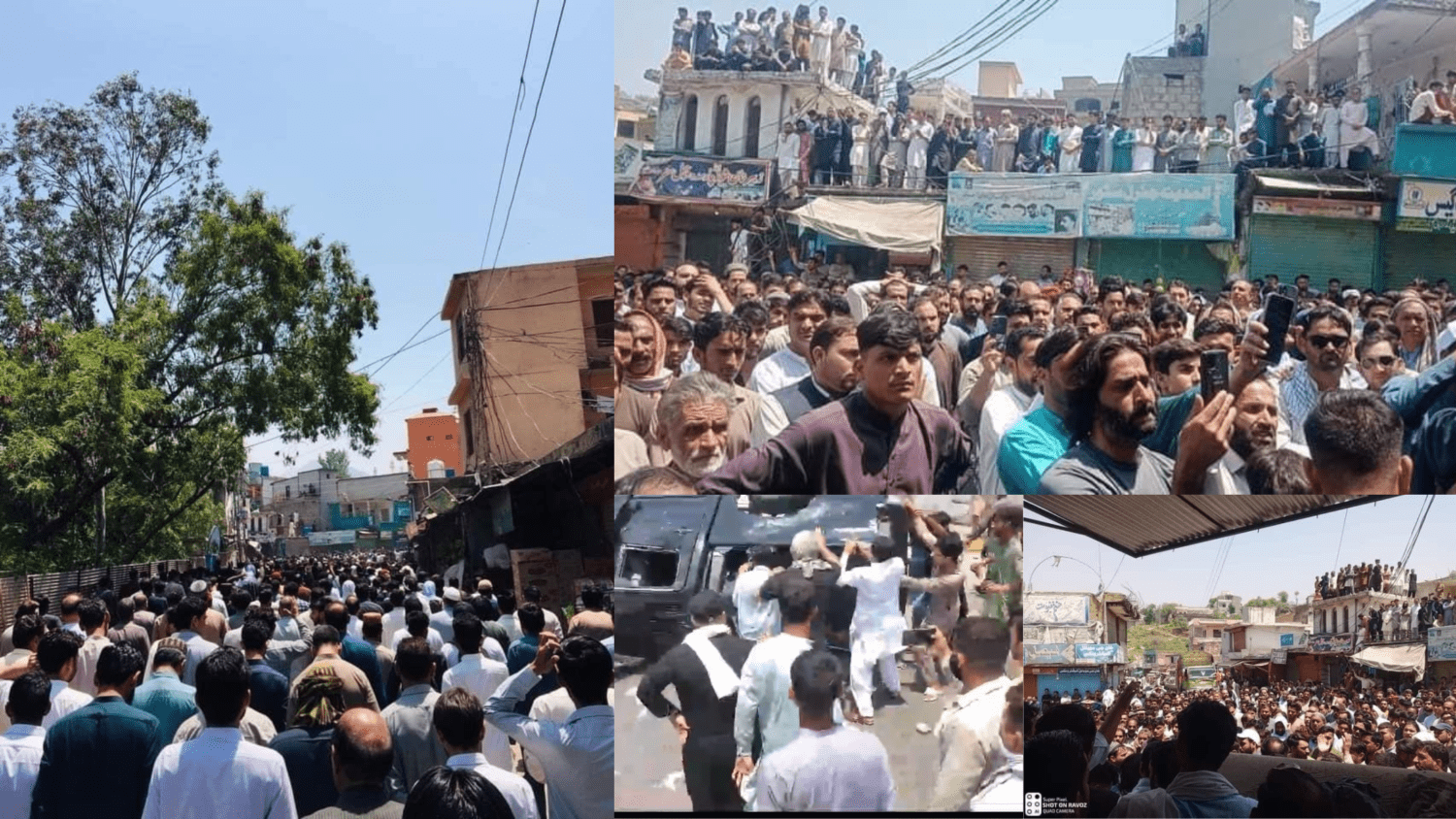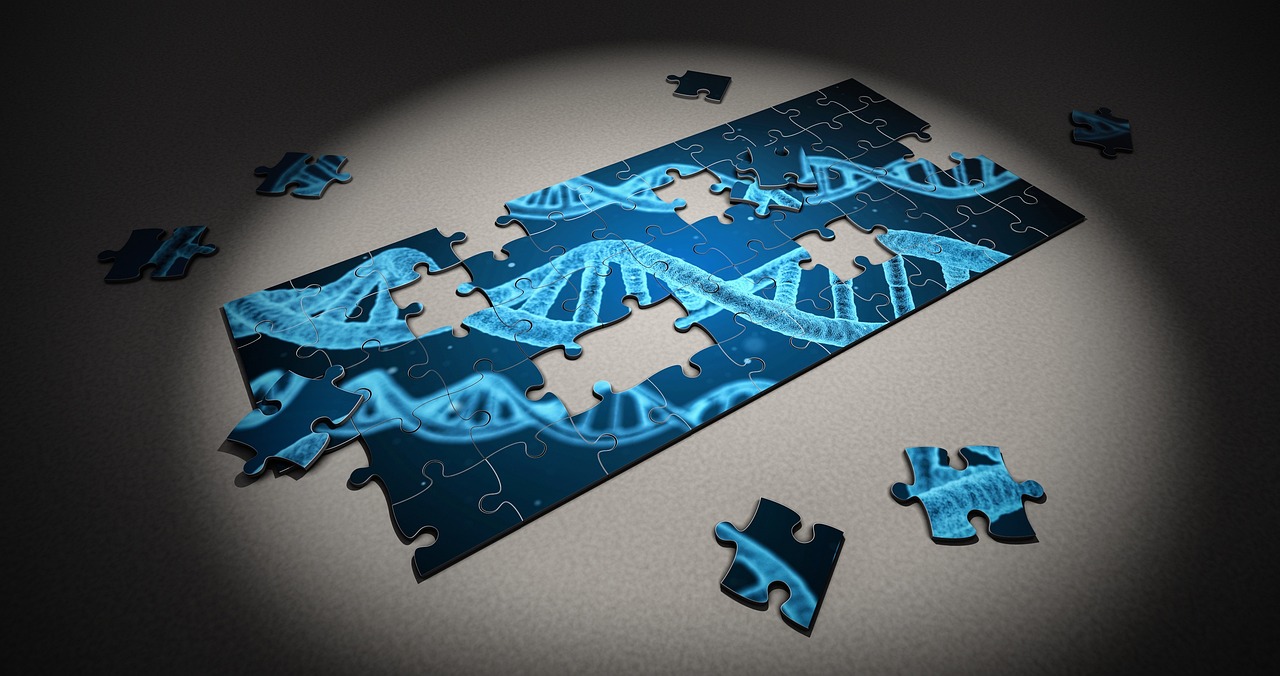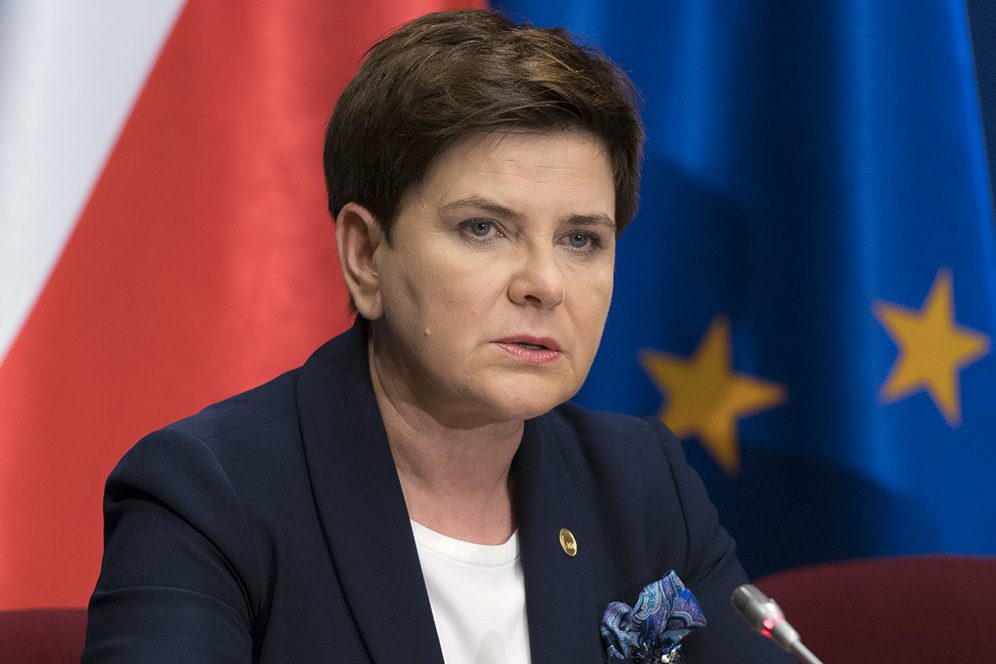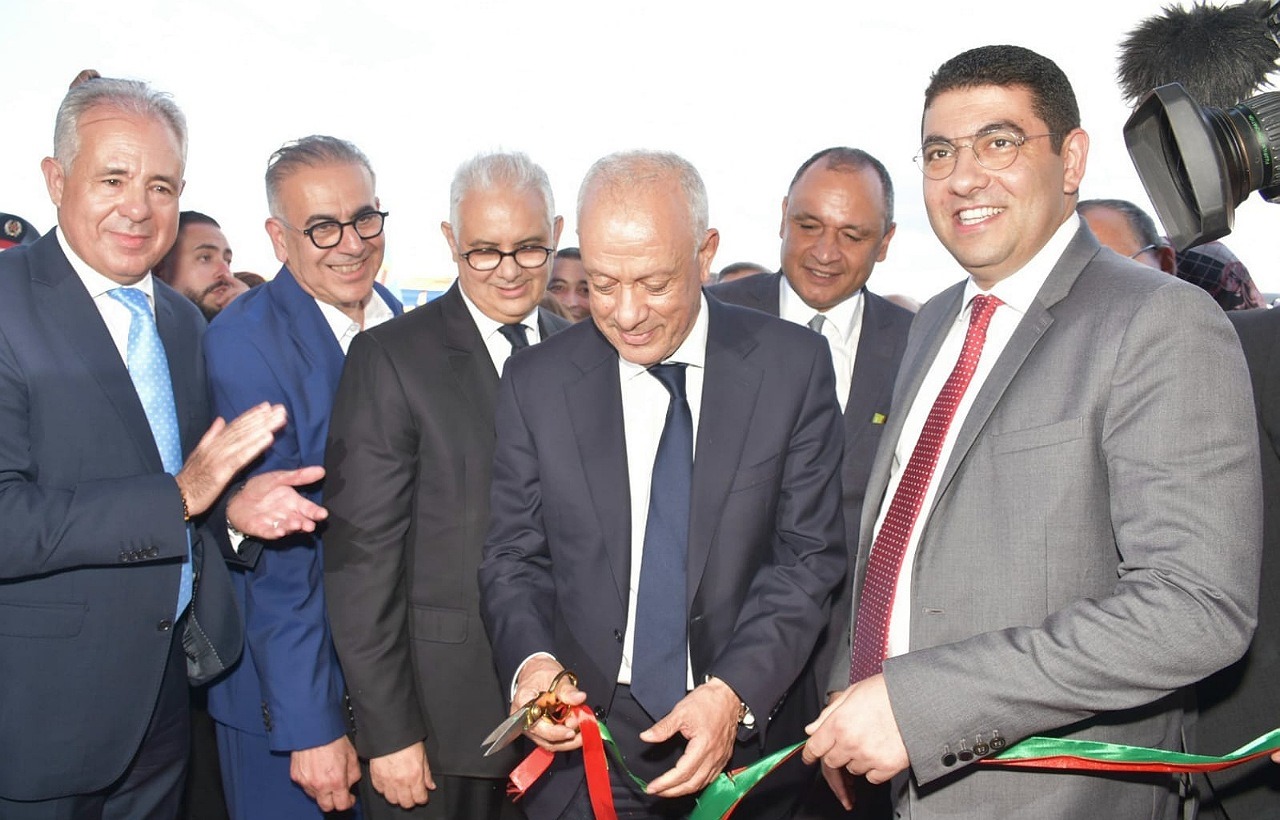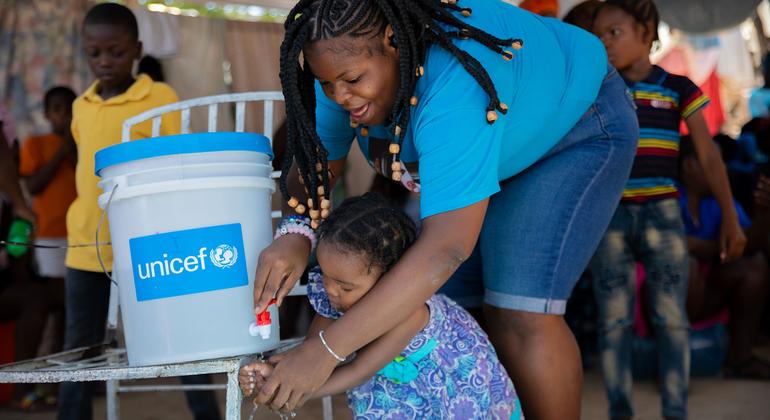May 2024 By Thierry Valle CAP Freedom of Conscience
In the heart of this region a new wave of unrest has emerged, shedding light on the challenges faced by residents in their fight for rights. The streets have become a battleground as members of the Joint Action Committee clash with authorities, including police forces and commandos painting a picture of the situation.
The recent surge in unrest was sparked by a government crackdown on leaders during the night. In response authorities in Pakistan Administered Kashmir have enforced Section 144 to restrict gatherings and announced closures for all institutions on May 10th and 11th. Despite these measures the determination of the people to stand up for their rights remains unwavering.
Tensions escalated dramatically in Dadyal when protesters echoing the passion of Pakistan Tehreek e Insaf (PTI) supporters detained an Assistant Commissioner and subjected him to assault. This act of resistance is. Underscores the seated frustration among individuals and their readiness to take action to address their grievances.
The government’s response has been severe with police resorting to tactics such, as baton charges and tear gas to disperse protestors.
The recent events have had repercussions with many protestors sustaining injuries. Tragically a student lost their life after being exposed to gas highlighting the cost of this conflict.
In response, to these incidents the JAAC has declared a shutdown set to begin tomorrow further heightening tensions in the region. The situation in Muzaffarabad, the capital of PoK remains precarious. The impending strike is expected to escalate the confrontation between demonstrators and authorities.
The unrest has now spread to parts of PoK with protests erupting in Samahni, Sehansa, Mirpur, Rawalakot, Khuiratta, Tattapani and Hattian Bala. While demonstrations in Kotli, Bagh and Muzaffarabad have not garnered media attention. Raising concerns about censorship and suppression by those in power.
Residents of PoK are grappling with issues such as electricity bills, lack of wheat subsidies and shortages of necessities like flour. They are also worried about their rights regarding resources and government oversight on projects as encroachment on land by the Pakistani military.
These ongoing protests stem from these grievances as people call for fairer resource distribution and protection of their rights. Despite facing intimidation, from authorities residents of PoK persist in voicing their dissent.
The People’s Rights Day was joyously celebrated on February 5 2024 followed by the Youm e Majammat on March 5 to express discontent, over delays in meeting the demands of JAAC. The march, dubbed as the “People’s Rights Long March” by JAAC is scheduled for May 11 2024. To ensure its effectiveness all JAAC members are engaged in campaigns within their regions. However in response the state government has requested troops from the Central Armed Forces and Punjab Police to be deployed with an approach sparking tension throughout PoK.
On International Labor Day the women’s wing of the Jammu and Kashmir Peoples National Party (JKPNP) organized a protest rally in Bagh and encouraged local residents to join them in Muzaffarabad on May 11. Protest gatherings took place on May 6 in Rawalakot, Hazira, Bhimber, Kotli, Thorat, Poonch and Haveli regions. A torch lit rally was also conducted that day to show opposition against security forces attempting to impede the march.
Residents of PoK assembled near Mangla Dam. Pledged their commitment to ensuring the success of the march. Their unwavering determination, during times reflects the resilience and courage of Kashmiri people.
The situation, in Pakistan administered Kashmir (PoK) is a reminder of the tensions in the region particularly in Kashmir, where the quest for self-determination and basic human rights continues. The area grapples with challenges leaving its residents without rights and liberties.
The crackdown on dissent and the use of force against protestors violate rights. Call for unequivocal condemnation. People in PoK should be able to voice their concerns without fear of reprisal while holding onto hopes for a future.
The crackdown on leaders and the presence of security forces to suppress demonstrations are developments. These actions blatantly disregard the people’s rights in Kashmir seeking to silence their demands. It is imperative for the global community not to turn an eye to the plight of those in PoK but rather offer support. Encouraging governments to uphold rights and engage in dialogues is essential for resolving the Kashmir conflict.
The people of PoK have shown unwavering commitment to freedom and self-determination displaying resilience and a universal quest for justice and equality. It is crucial that the international community listens to their pleas and takes measures to safeguard the aspirations of Kashmiri individuals. The situation in PoK acts as a reflection of tensions prevailing in Kashmir, where endeavors, toward self-determination and human rights endure.
It is crucial for the international community to closely observe the developments that encourage Pakistan to respect the rights of the Kashmiris while engaging in discussions, for a lasting solution. The use of force and suppression of dissent against protesters are violations of rights that should be condemned.
The people of Pakistan occupied Kashmir (PoK) should be able to voice their concerns without fear of retaliation and their aspirations for a future should be recognized. The fight for self-governance and basic freedoms reflects humanitys pursuit of freedom and justice. It is important for countries to support the people of PoK in safeguarding their visions for the future from being stifled by the strategies employed by the government.
The global community cannot ignore these human rights violations. It is time to take steps and hold accountable those responsible, for actions. The world must rally behind the residents of PoK ensuring that their voices are heard their rights protected and their dreams of a future realized.



